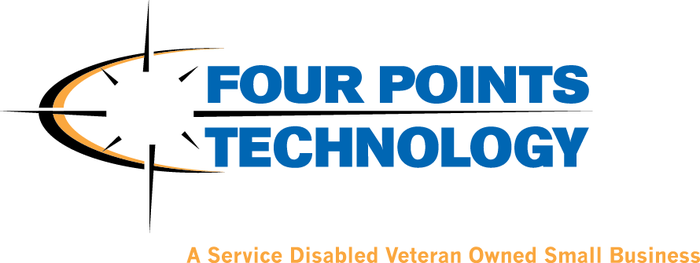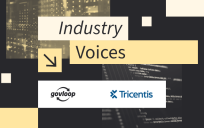Many agencies make poor use of their IT talent. As requirements grow more complicated, IT teams spend too much time trying to fix problems and upgrade systems – and too little time actually ensuring that IT supports the mission.
This is especially true as agencies move into a hybrid cloud environment, where they run workloads across multiple public cloud, private cloud or on-premise environments.
One of the main challenges for agencies is a lack of consistency among various clouds. In the public arena, AWS, Google Cloud, Microsoft Azure, IBM and other providers differ from each other, and they should. These are private businesses trying to differentiate their services from the competition.
Each has its own infrastructure and management tools, so the way you add capacity or spin up virtual machines in one cloud is not the same as it is for the others. And they all differ from the private clouds housed in your own data center. The basic concepts may be similar, but sometimes the details vary greatly.
Another issue is visibility. How do you know what’s happening within all of those different environments without shifting between the management consoles for each cloud? You never get one clear picture of performance, security or capacity.
Budgeting is another hurdle. Cost structures across clouds with pay-as-you-go models can differ significantly, making it difficult to know where you’re on target financially and where you need to make a change.
Inconsistencies are a significant pain point for IT. For one thing, they prevent agencies from taking full advantage of automation, forcing IT to make manual fixes and changes. Inconsistencies also pose security risks to enterprises because there are too many balls in the air as admin attention is spread thin. Downtime can occur if one of those balls drops.
One solution is a mature IT environment that uses the same infrastructure and operations stack across a private cloud and a public cloud. The environment uses a hyperconverged infrastructure, or HCI, as the foundation and a cloud software stack. HCI provides a standard infrastructure for compute, networking, storage and security, and the cloud stack comes with a single set of management tools that work with all systems and bring everything into one view.
A hybrid cloud operating model can provide significant benefits for traditional and modernized IT. Using HCI as the foundation relieves the IT team of a lot of administrative tasks associated with IT management and enables them to focus on delivering more value to the agency.
This article is an excerpt from GovLoop Academy’s recent course, “How to Escape the Fix-and-Upgrade Rut and Modernize,” created in partnership with Four Points Technology, VMware and Dell Technologies. Access the full course here.






Leave a Reply
You must be logged in to post a comment.